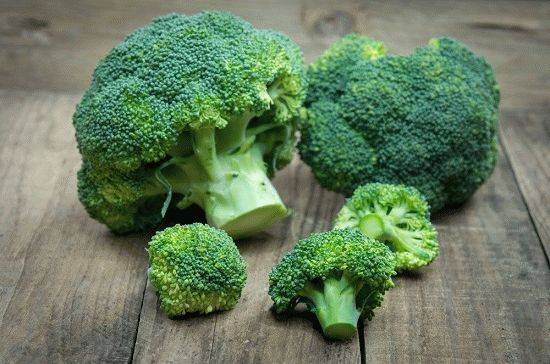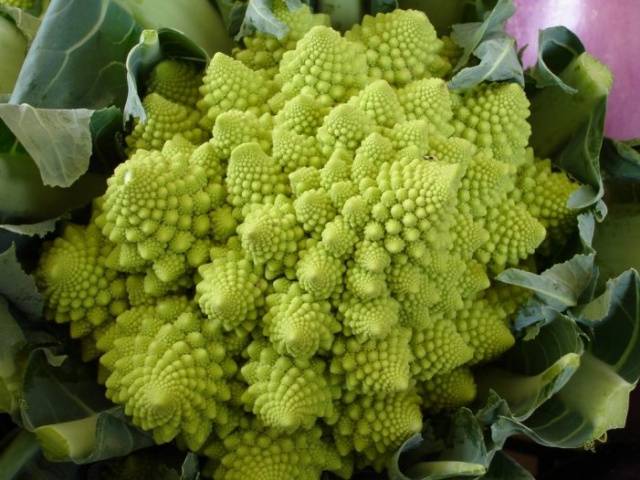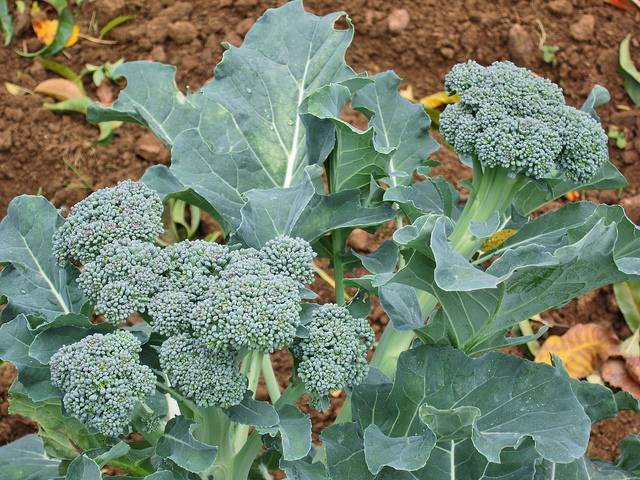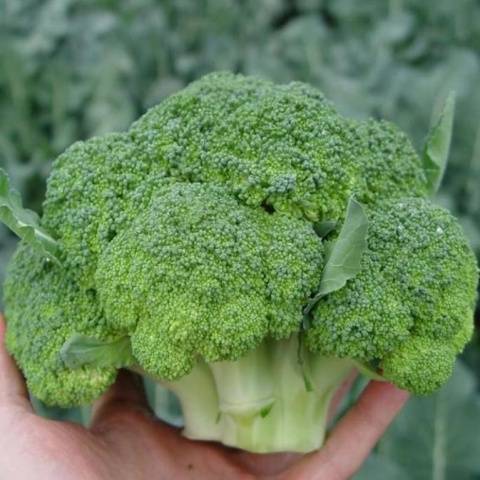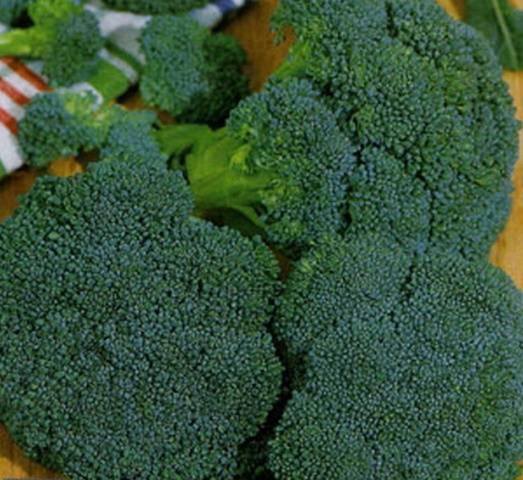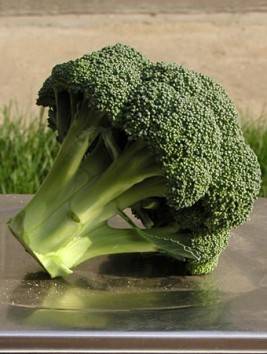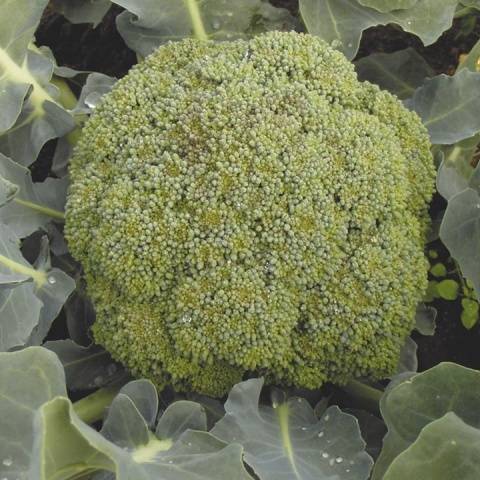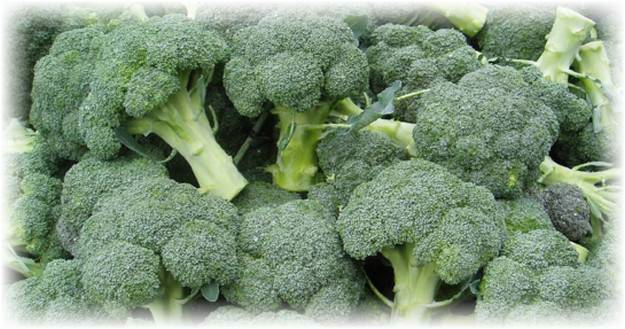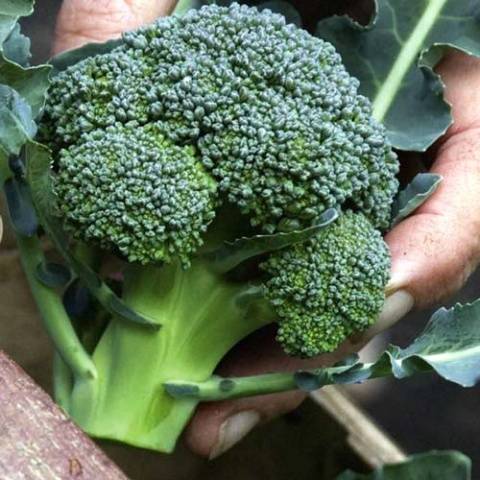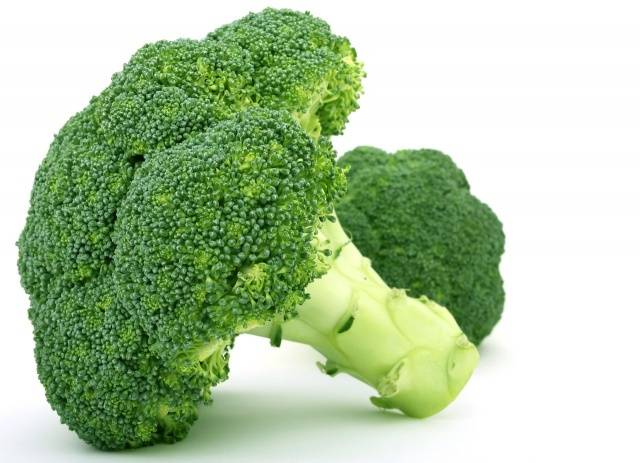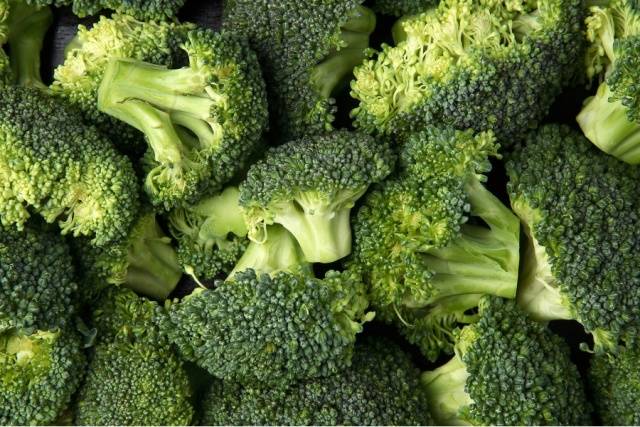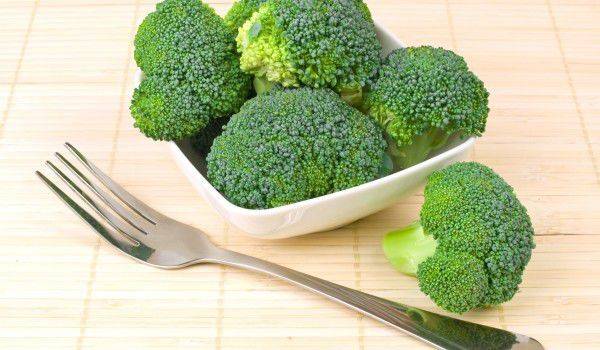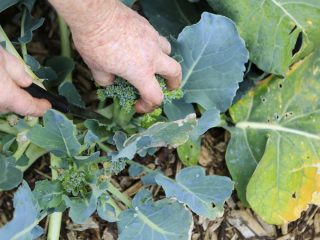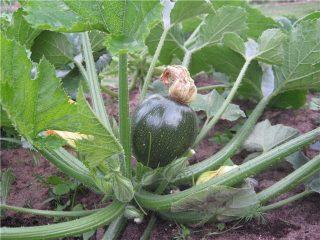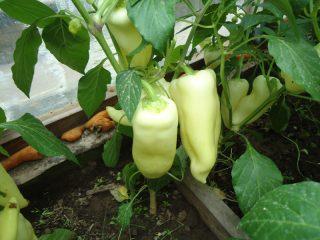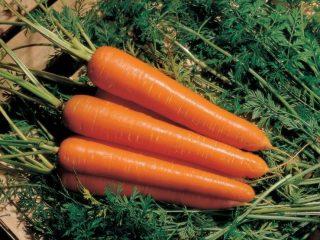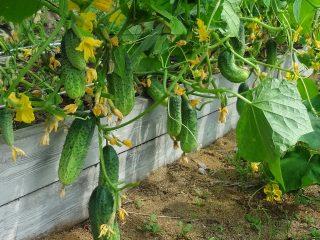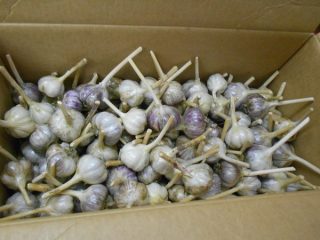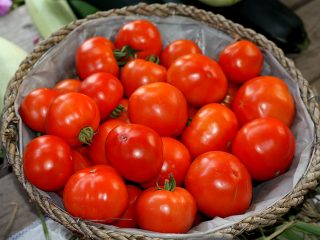Content
Not long ago, broccoli began to be in demand among gardeners. This vegetable has incredibly beneficial properties for our body. It contains a huge amount of vitamins and minerals. This is a dietary product that is recommended to be consumed even by children. What about growing broccoli? There are no problems here either. The vegetable is unpretentious to care and climatic conditions. But among the wide variety of varieties, it can be difficult to choose the most suitable one on your own. In this article, we will take a closer look at the best varieties of broccoli.
Features of broccoli
Broccoli is a close “relative” of the familiar cauliflower. Among the differences between these two types, the following can be noted:
- Broccoli can come in a variety of colors, from dark green to brown and purple.
- It is denser and looser.
- The length of the fleshy stems can be about 20 cm.
All varieties can be divided into two types of broccoli. Since childhood, we are more familiar with the first type - Calabrian cabbage. It is a thick stem with dense inflorescences.The second type (Italian) has a more delicate taste and consists of a large number of stems with small loose inflorescences. A photo of this broccoli can be seen below.
As is customary among vegetable crops, broccoli is divided into varieties and hybrids. It would seem that hybrids have more advantages. They are more fertile, ripen quickly and are stored longer. They are rarely affected by pests and have an excellent appearance. However, there are also disadvantages. This cabbage is not suitable for collecting seeds, as it is not able to retain its qualities in the second year. It also loses according to taste, although sometimes it may not yield.
Varieties, unlike hybrids, are excellent for collecting seed and retain their properties well. They have excellent taste. The ripening period is slightly longer than that of hybrids.
All varieties and hybrids can also be divided into early, late and mid-season. The difference in timing between early and late varieties can be very large. Therefore, you should carefully select seeds for planting. If early hybrids can ripen in 45–50 days, then later ones should be expected no earlier than in 100–130 days. The ripening period is especially important in cold regions where summers are short and not very hot.
Also, all varieties of broccoli are divided according to their yield. It all depends on the chosen variety and quality of the seeds. From one square meter you can collect and 1, and 5, and even 6–7 kilograms of cabbage. The main thing is to choose the right variety for your climate region and soil conditions.
Early ripening varieties
"Batavia "F1"
This variety is included in the State Register as a mid-season variety, however, in most regions of Russia it ripens along with early types of broccoli cabbage. The leaves of this cabbage are green with a slight grayish tint. The edges are bubbly and wavy. The head has a round shape and is quite dense. The inflorescences are easily separated. The head can weigh up to 1.4 kg, and the side heads weigh about 250 grams. From planting seedlings in open ground to the ripening of the first inflorescences, approximately two months pass. The variety can also be grown directly by planting the seeds directly into the ground. In this case, disembarkation takes place no earlier than the last week of April. Productivity is very good, from 1 m2 you can get up to 2.5 kg of cabbage. Batavia responds well to hot weather and is able to bear fruit until frost.
"Linda"
This is one of the popular hybrids. In warm areas, the ripening period will be approximately 80–90 days, in other regions – about 100–105 days. The fruit is quite large, its weight can be up to 400 grams. Cabbage is rich green in color and elliptical in shape. Lateral inflorescences weighing about 55–70 grams each. Medium height bush. On one square meter of bed you can harvest up to 3 or 4 kg of broccoli. Sowing seeds for seedlings begins in mid-March and ends at the end of April. Plant the seeds in stages every ten days. The variety is rich in vitamins and iodine. They are eaten fresh and canned.
"Lord F1"
Incredibly tasty cabbage. With proper care you can achieve high yields. Sowing of seedlings is carried out from mid-March to mid-April.Broccoli is planted in open ground at the end of April. You can immediately plant the seeds in the garden. The leaves are corrugated, dark green in color. The stem is dense and strong. The head is round, slightly flattened, weighing about one and a half kilograms. The inflorescences are easily separated. Fruit maturity occurs after 2 months. This is a very good indicator for broccoli. Lateral inflorescences continue to form until late autumn, each weighing approximately 150–200 grams. About four kilograms of cabbage are harvested from 1 meter. Positively affects the condition of blood vessels and the heart.
"Tone"
Broccoli variety "Tonus" is one of the most ancient. The weight of each head of cabbage is about 200 grams. The density of the inflorescences is average and tends to fade into color. The fruit has a brown tint. The lateral inflorescences reach up to 65 grams in weight, and the harvest is given in unison. Sowing of seeds begins in March. Transplantation into the ground is carried out from May, but at first the plant should be under temporary cover. Harvest begins towards the end of June. With proper care, fruiting can be extended until the first frost. Cabbage tastes great and is rich in vitamins and minerals. Suitable for freezing and canning. Productivity – no more than 2 kg of cabbage per 1 m2.
Mid-season varieties
"Ironman f1"
This is a hybrid with high yields. It has green leaves with a pronounced blue tint. The head of cabbage is medium-sized, hard, weighing about 500 grams. The head is dome-shaped and has a blue-green tint. Side shoots grow well. From the moment the seedlings are planted until the first fruits fully ripen, about 80 days pass. Seeds are planted in mid-March, and 45–50 days later they begin planting in open ground.From one unit of area you can collect up to 3 kg of fruit.
"Dwarf"
Cabbage is distinguished by small grey-green elliptical heads. A head of cabbage can weigh up to 550–600 grams. The inflorescences are of medium density and excellent taste. After the main head is cut off, the lateral inflorescences quickly grow. They can weigh around 150–200 grams. Like most varieties, seedlings are planted in March; after 35–45 days, the seedlings will be completely ready for planting in the garden. The first fruits will ripen within 70 days after planting. From a plot of one square meter you can harvest from 2 to 4 kg of broccoli. This variety is suitable for fresh storage and canning.
Late varieties
Agassi F1
The variety belongs to hybrid annual plants. It is a strong bush with a rounded, slightly flat head. The weight of a head of cabbage can reach up to 700 grams. Planting in the garden or under shelters is carried out at the end of April. Planting can be done in stages at intervals of about 10 days. The process of fruit ripening can last 80 days. Productivity is high, up to 3.5–4 kg per square meter.
"Marathon F1"
The variety belongs to high-yielding hybrids. The head of cabbage has an elliptical shape and weighs up to 700–800 grams. The color of the head is blue-green, the inflorescences are of medium density. The side shoots are well developed, growing quickly and in large numbers. It is highly resistant to pests, but does not tolerate hot weather well. The ripening period lasts about 80 days. From 1 m2 you can harvest up to 3 kg of excellent cabbage. Suitable for consumption in any form. It is in great demand among broccoli lovers.
Conclusion
All of the above varieties can be easily grown in your garden or greenhouse. Undeservedly, broccoli is found in gardens much less often than ordinary cabbage varieties. But this vegetable is one of the most vitamin-rich. And in general, we can talk about opportunities in cooking for days. At the same time, broccoli retains almost all its beneficial properties when frozen. Some varieties do not require processing; they can be stored fresh for months. If you are still wondering whether to plant broccoli in your garden, then decide quickly.
Reviews
